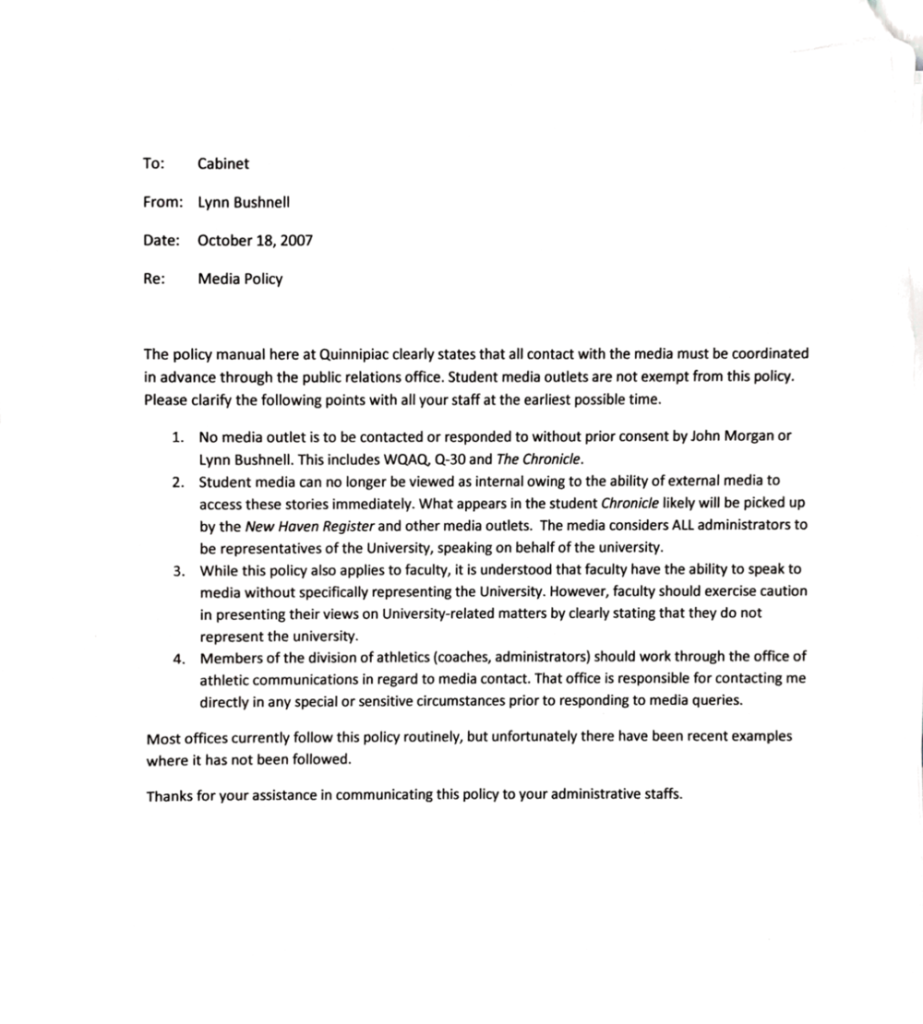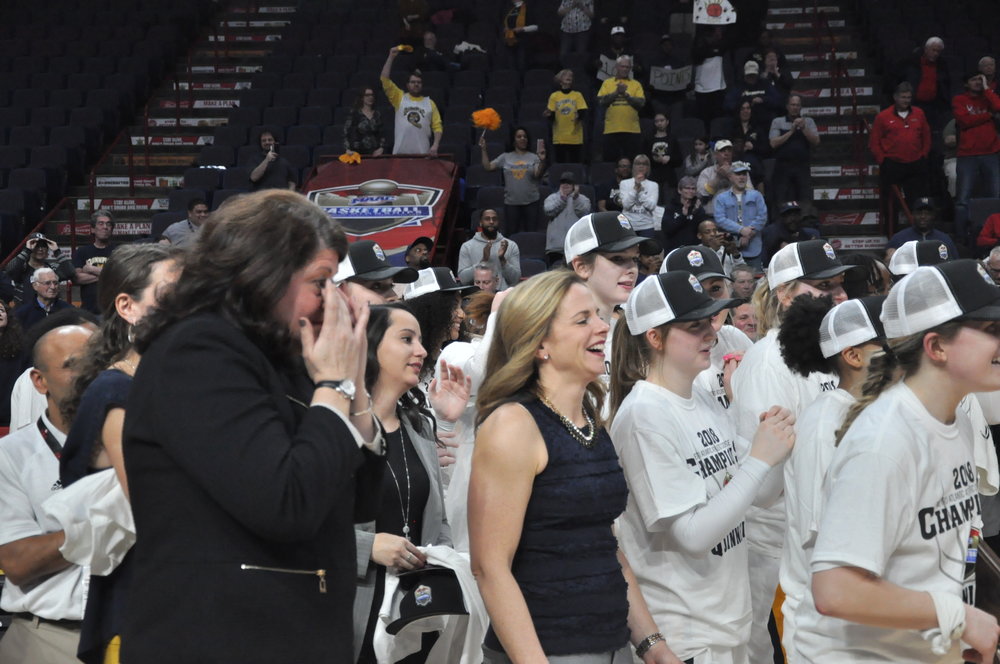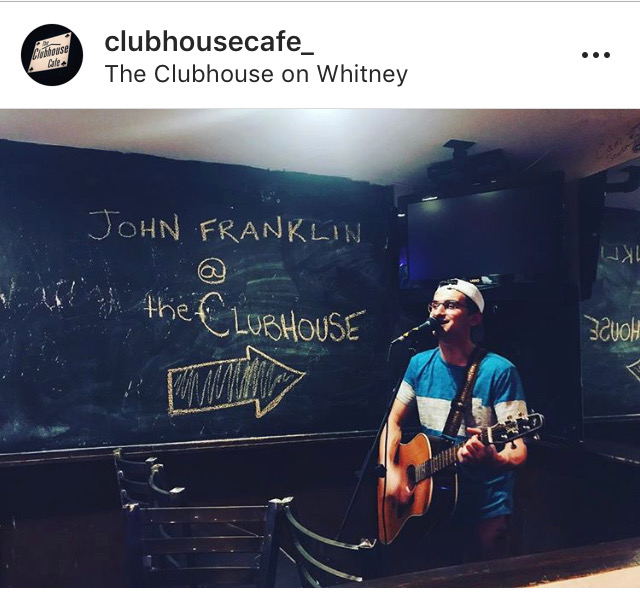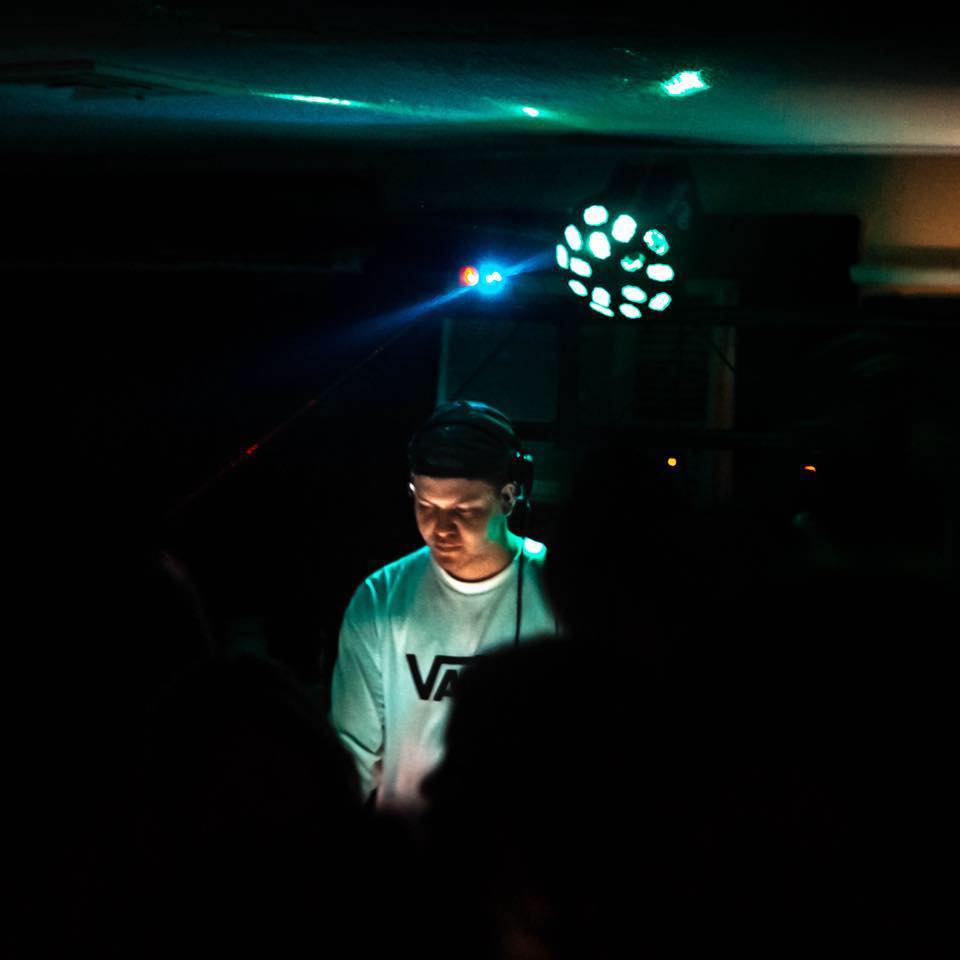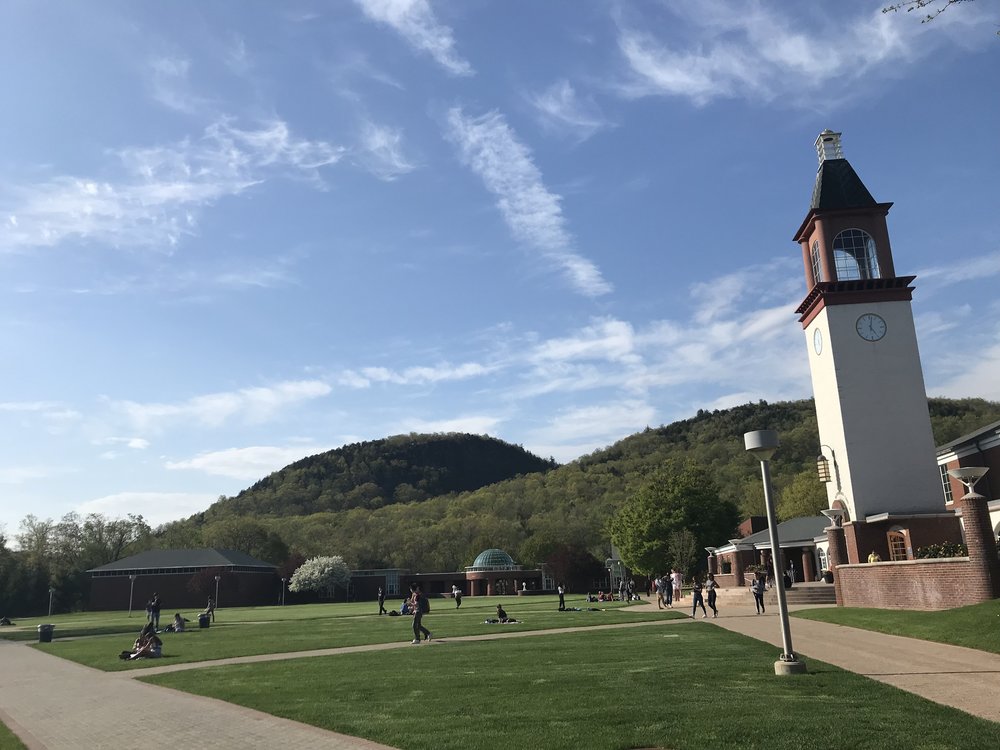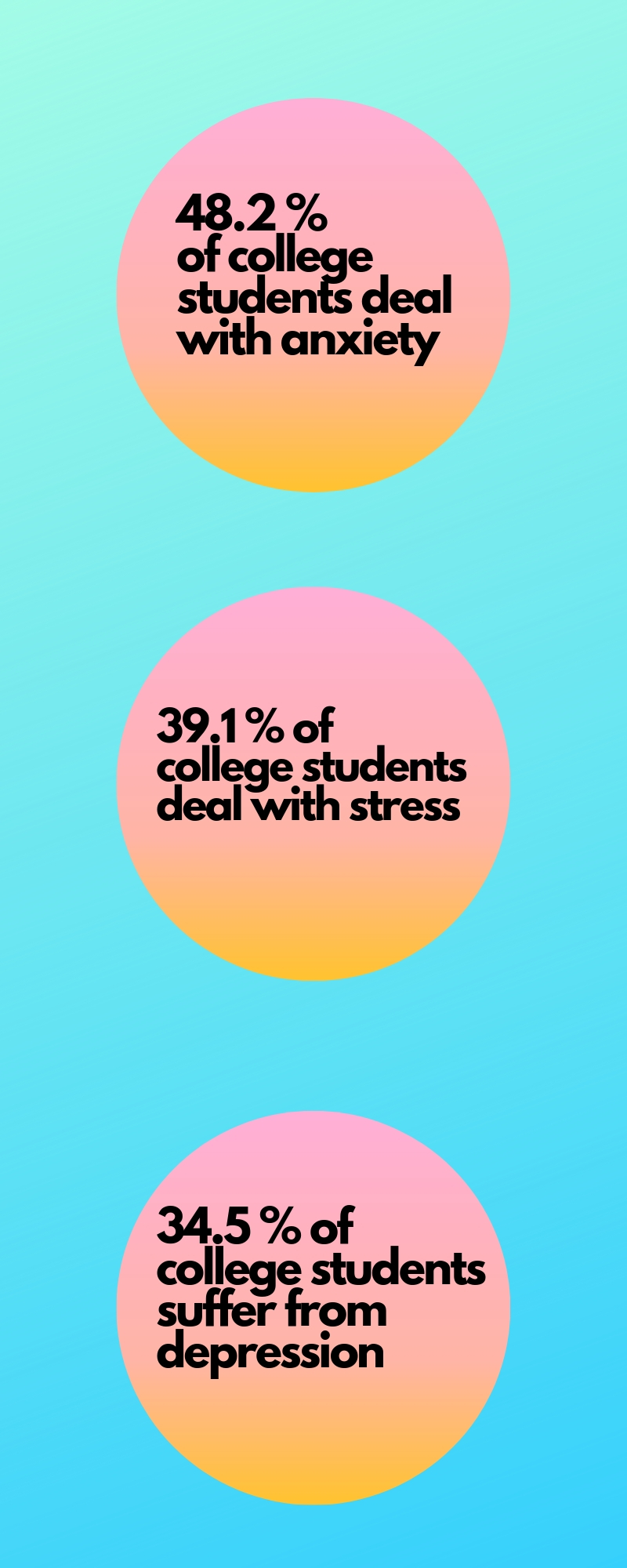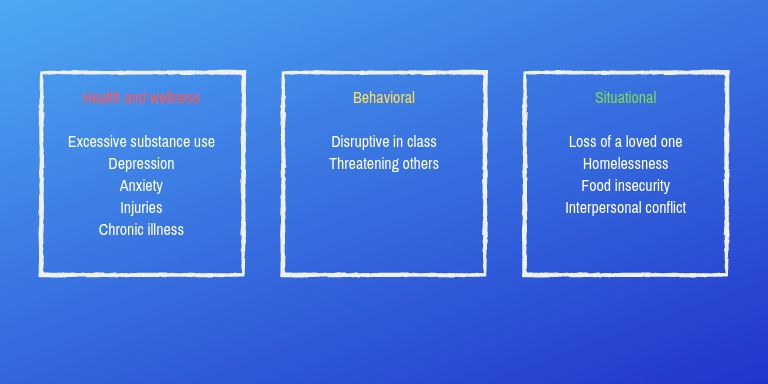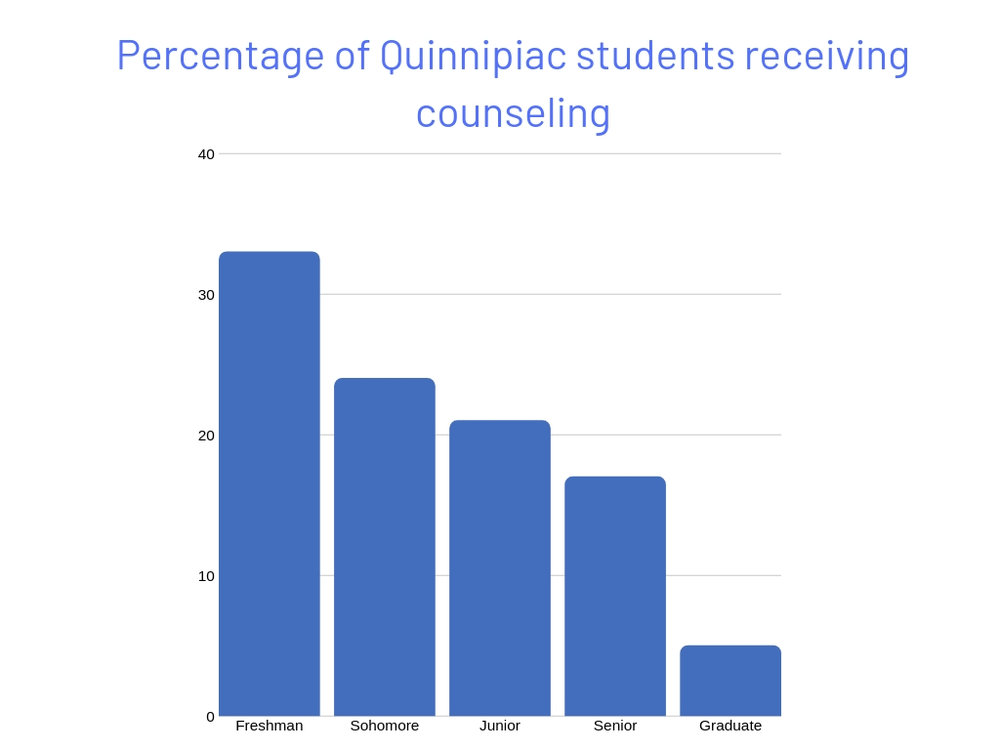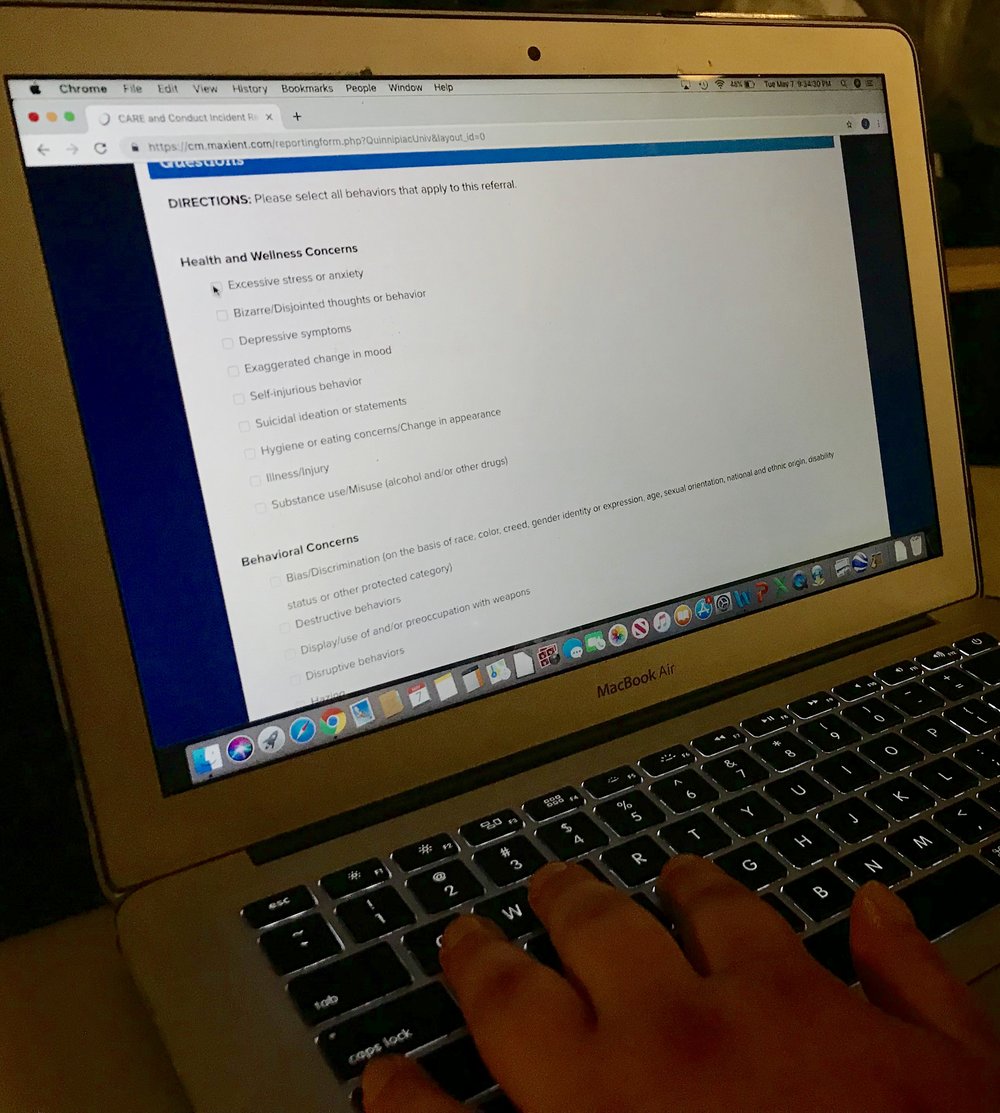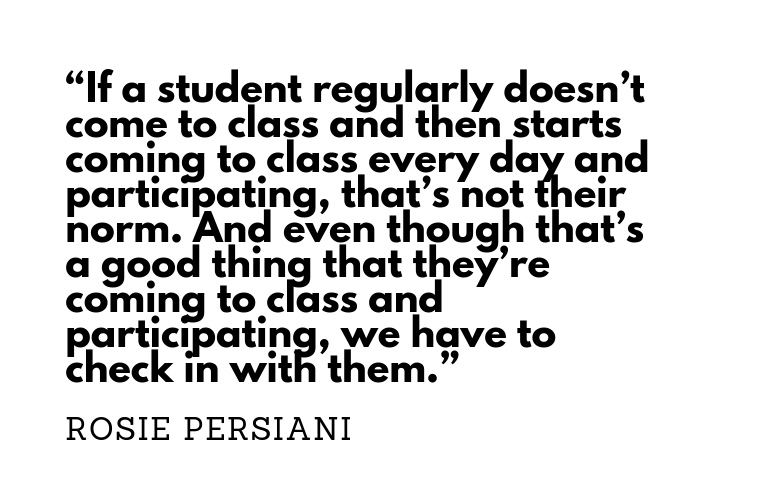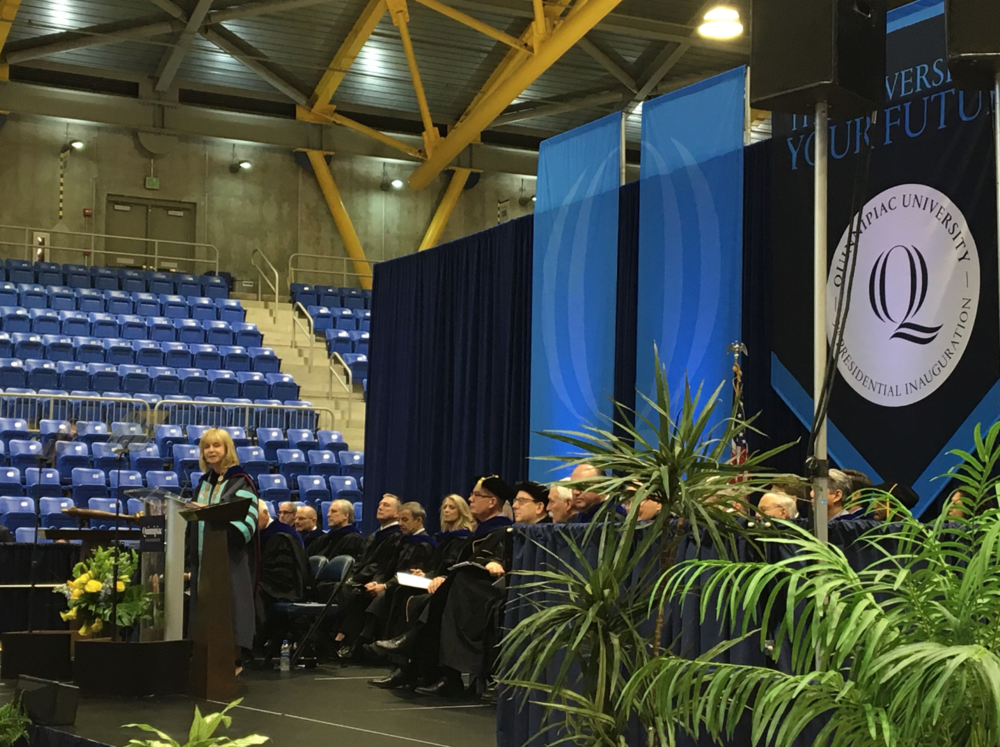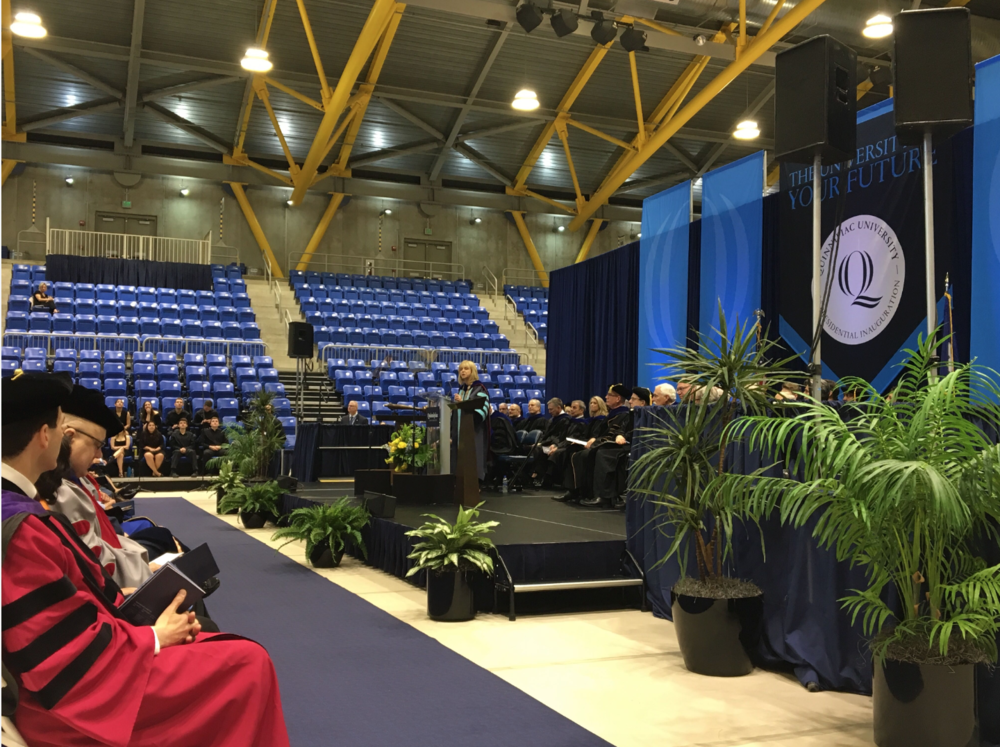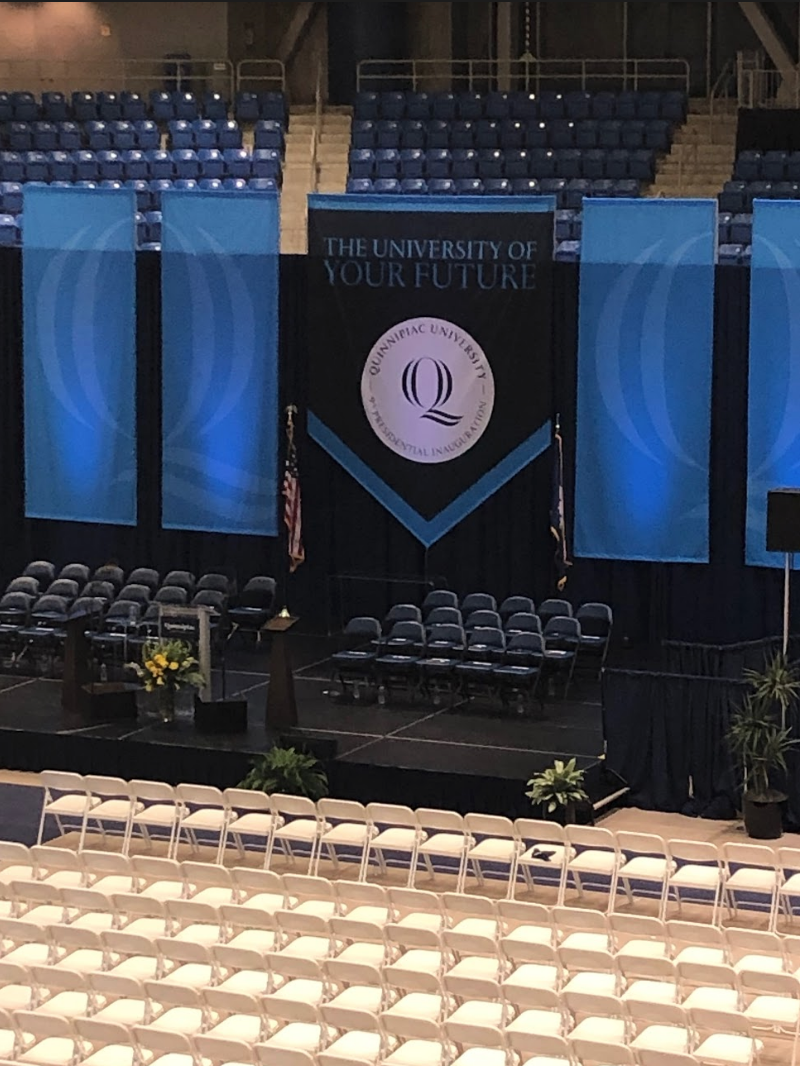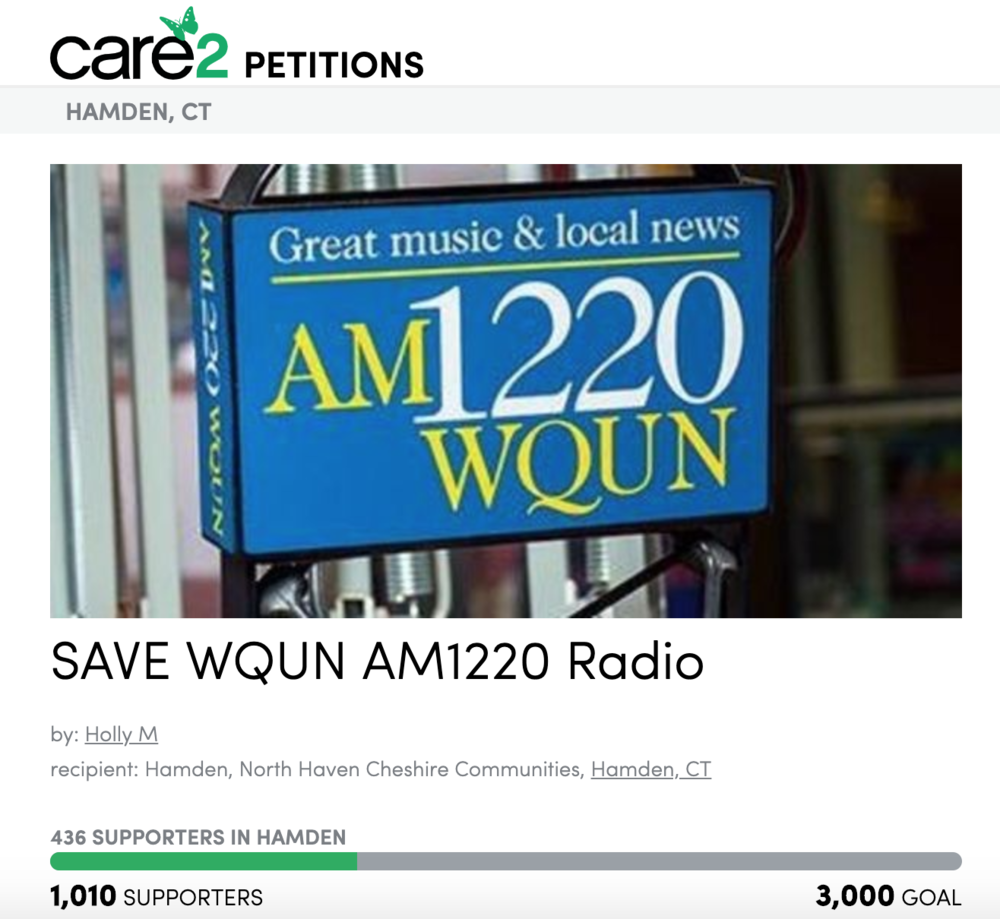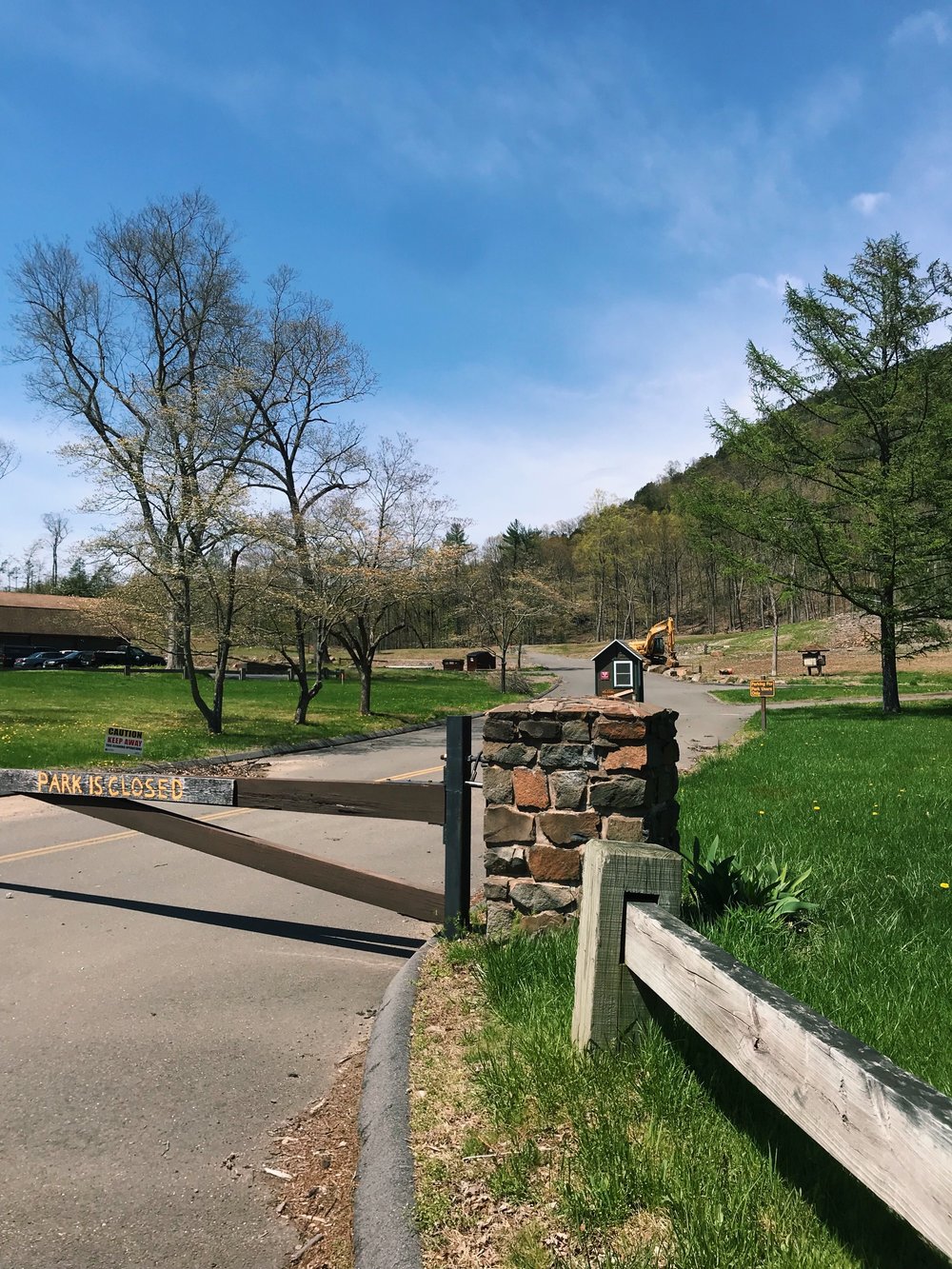It has been 10 years since the editors of The Quinnipiac Chronicle stepped down from their positions to form the student-run off-campus newspaper, The Quad News. It has been 10 years since student journalists took it upon themselves to develop their own media outlet after they believed university administration was denying their first amendment rights and censoring their work.
It has been 10 years and yet, nobody seems to remember.
“It doesn’t surprise me,” Quinnipiac 2010 graduate and one of the founding members of The Quad News, Matt Andrew said.
In 2008, the returning editor in chief, editors and applicants for editorial board positions handed an empty manilla envelope to their advisor, announcing their resignation from The Chronicle, the official student-run newspaper at Quinnipiac University.
“In the end, at the end of 2008, we all resigned,” Andrew said. “We handed them an empty manilla envelope and said ‘We’ll see you later.’”
The Quad News was an off-campus, student-run independent publication created in 2008 by frustrated members of the university paper. Following a decision made by the university to take control of the on-campus paper, The Chronicle, by selecting editors going forward and constraining the publication of content, the staff realized they had had enough. Tired and disappointed by the university policy they believed was censoring their content, they disbanded to create their own publication.
This crisis began in 2006 when the paper published on its website and front page an article regarding an incident with two Quinnipiac basketball players. After the story appeared, the university imposed a new policy that prohibited the paper from posting material online until the print edition had been published. Things proceeded normally, until a year later, just before the start of the fall semester, an incident on campus got the attention of student journalists.
“Somebody on our staff had heard about somebody writing on a freshman’s dorm who was African American, all of these racial slurs on her door,” Jason Braff, the Editor in Chief of The Chronicle at the time, said. “We investigated, we found out more information, we ended up speaking with the student who had the racial slurs written on her door, we contacted the Hamden Police Department, we were reaching out to everybody putting this story together. We felt like it was a very important story and the students should know about it and people outside of the campus should be aware of it too.”
The story was newsworthy, but The Chronicle could not publish it online.
So, Braff, in his first semester at the helm of the paper, had to make a decision: Should the piece be published although it would break university policy, or should the editors shelve it until the publication of the first issue? The editors thought a way to get the story out, without breaking the policy, would be to publish a single sheet with the article and distribute it on campus. But before they could do that, they heard from then-President John Lahey who persuaded them to wait by offering them an exclusive interview.
In order to avoid any conflicts with the administration, The Chronicle editors chose to save the story for the first issue, which was scheduled for Sept. 12.
“In the 24 hours news cycle, even back then, there wasn’t really Twitter or Instagram or anything – we wanted to publish it online,” Andrew said. “And the school wanted to basically read the article and kind of have oversight over it, before it was published online, kind of limiting first amendment rights. They kind of wanted control over the information that was being disseminated rather than letting the students act as journalists and kind of provide that information.”
Quinnipiac University is a private institution. Unlike public universities, students give up certain rights when agreeing to attend the private school of their choice. Student journalists deal with the specifics of these rights daily in their reporting.
Private institutions face many challenges compared to public universities when it comes to accessing sources within the administration.
Current chair of the journalism department Margarita Diaz was the faculty advisor to The Chronicle at the time these policies were put in place by the administration.
“They understood that they [student journalists] were not doing public relations and their job was to cover what was going on on campus, and that sometimes that would reflect negatively on the university. And the university had a lot of trouble with that,” Diaz said. “They would not call it this, but it was about prior review. It was about being able to look at what the paper had and prepare a response if necessary before the outside media got wind of it.”
In a December 2007 statement, the faculty of the Quinnipiac University School of Communications voiced their opinions to the administration regarding student media policies and the changes the university administration was trying to enact.
“Basic First Amendment values are a focus in all of what we teach,” the statement said. “Therefore, the faculty of the School of Communications considers any attempts to restrict the access of student journalists to administrative sources and attempts to control the manner in which student media may disseminate information as threats to the basic principle of free expression and contrary to the mission of the School.”
In response, Vice President for Public Affairs Lynn Bushnell emailed the school a reiteration of the policy manual and what was expected of both faculty and student journalists in four bullets:
-
No media outlet is to be contacted or responded without prior consent to John Morgan or Lynn Bushnell. This includes WQAQ, Q-30 and The Chronicle.
-
Student media can no longer be viewed as internal owing to the ability of external media to access these stories immediately. What appears in the student Chronicle likely will be picked up by the New Haven Register and other media outlets. The media considers ALL administrators to be representatives of the University, speaking on behalf of the university.
-
While this policy also applies to faculty, it is understood that faculty have the ability to speak to media without specifically representing the University. However, faculty should exercise caution in presenting their views on University-related matters by clearly stating that they do not represent the university.
-
Members of the division of athletics (coaches, administrators) should work through the office of athletic communications in regard to media contact. That office is responsible for contacting me directly in any special or sensitive circumstances prior to responding to media queries.
The email ended with Bushnell noting that the policy is ‘routine,’ but must be re-stated due to recent examples where the rules had not been followed.
In the spring semester of 2008, the university administration created a media task force to review student media policies. After it completed its work, the task force recommended a change of policy: Chronicle editors would now be selected by the university deans.
The result: a staff-less newspaper and a group of journalists determined to create uncensored news by becoming self-sustaining and independent.
“I remember sitting in the School of Communications and all of us were there, I think Margarita Diaz was there, and we were just like ‘This is the start of something new,’” Andrew said. “We were literally just throwing out names, a business plan and coming up with everything. It was a really cool moment for us to all come together, and we all had each others’ backs.
“We were kinda like family, we were friends. Nobody wanted to let each other down and we all just kind of came together in solidarity and decided this is what’s best. In the end, that was what was best.”
And thus, The Quad News was born.
Essentially establishing their own business, the founding members of The Quad News created their own bank account, outsourced for their own website, recruited people for positions such as a business manager and web designer and, themselves, went door-to-door gathering advertisements from local businesses. The students became completely self-made. Through their efforts selling merchandise and fundraising they were able to successfully create and run the independent paper.
“We had a whole web staff, we had a business group, we met every single week as a group and then throughout the week as editors meeting with writers and publishing stories,” Andrew said. “Instead of a weekly publish, we were publishing three times a week like Monday, Wednesday Friday or something like that. We were all in on it.”
The Quad News staff faced many obstacles in their five-year existence at Quinnipiac. Members were unable to formally recruit writers in and out of the classroom per university restriction and could not table as an outside business.
“We were doing outreach again to classrooms and Mark Thompson [Executive Vice President and Provost] said we couldn’t do that and sent us an email,” Andrew said. “The three of us, we went to his office and had this whole meeting like ‘Listen, we are students, we want to reach out to the students. We’re just trying to garner our attention for the Quad News,’ and he was just like, ‘No, you can’t do that.’ So I asked him, ‘Where in the handbook does it say we can’t do this?’ and he couldn’t give an answer.
“They hated that we were going to classrooms and, from their perspective, wasting other students’ time. We literally tried to pay the school, as paying students, with money that we raised through advertisements with the Quad News, we tried to pay for a table in the Student Center as an outside vendor and they wouldn’t grant us that as the Quad News.”
As if recruiting wasn’t difficult enough, Quad News staff editors and members, such as Jennifer Swift, were not allowed to meet or reserve rooms on campus.
“Being a student at a university where I’m paying to go to school but still feeling like an outsider, has to get outside press access to events and you can’t recruit on-campus,” Swift said. “We couldn’t reserve a room on campus for a meeting and it was like – for what? You’re a journalism school, how are you not going to let us do this?”
While many members of the paper expressed this same anger about being treated as if they were not students of the university, Bushnell defends that the university has the right to deny a non-affiliated organization the use of school property.
“I think administration generally has a right and responsibility, if it’s not a sanctioned club or organization, that we do have the right to limit their use of the property, of the facilities and I think that holds true today,” Bushnell said. “It’s always a gray area when it’s a non-sanctioned organization, but it’s comprised of students.”
Throughout it all, and to this day, members of the journalism department, of which only Richard Hanley, Margarita Diaz and Karin Schwanbeck still remain as current faculty, stayed firm in their decision.
“This idea that the students were somehow doing irresponsible journalism that was somehow going to place the university in a position of legal vulnerability is entirely false,” Diaz said. “And I have no problem saying that, but this is the line, and I think they still think it is.”
Did you get your copy? pic.twitter.com/9HAiRjSW
— The Quad News (@TheQuadNews) February 21, 2012
Looking back, Bushnell notes that, at the time, the administration did not fully understand the influence the Internet was going to have on journalism. If a similar situation occurred today, she isn’t sure the university would respond the same way.
“We were probably shortsighted in understanding what online publishing was going to mean in reality,” Bushnell said. “The best hindsight is 20/20. If we had to do it over again, would we take those same steps? I think probably not. That’s easy to say now 11 years down the road where everything is on our phone and we expect instant information.”
Although The Chronicle, as well as any student media outlet on campus, are now allowed to publish material online at any time on any day of the week, the concept of going through the Office of Public Affairs office is nothing new to the university.
“I have always, pretty much, been the point of contact for probably since then [2008], if not before then,” Associate Vice President for Public Relations John Morgan said. “I have always been the person that all media has to contact and that includes all external media too. That means if they want to come on campus they need to work with our office.”
Quinnipiac’s Student Media Information Manual states that in order for students to speak with or interview university administration/staff, students are required to contact Morgan prior to contacting the employee. This is also mandatory for athletes, coaches or administrators.
This concept of being granted ‘permission’ to speak with an administrator rather than directly going to that person for a response brings in the debate of true journalism versus public relations.
“Any organization does not allow you to just come in and talk to their employees,” Morgan said. “Organizations have a spokesperson and obviously I can’t be expected to know every higher education topic from top to bottom, that’s why we have departments and we work with them, you call us, I put you in touch with that person, you’re getting an authentic answer. I’m not sitting with them going over bullet points as to how we want to position it unless it’s something critical, but the run of the mill stuff they just rely on their own expertise to share that information.”
While it may be ‘required’ to contact Morgan before speaking with an administrator now, this was not always the case.
“Before the racial incident, student journalists could contact any administrator directly,” Diaz said. “The policy was changed by administration to be able to monitor the student journalists. The issue is simply that they realized students were doing real journalism and they had to be ready to respond.”
College Recruiter defines Public Relations as working to improve and monitor a client’s branding. Journalism, on the other hand, is defined as being ‘beholden to the truth,’ not to the image and opinions of clients. The line between the two has been one students have been fearful to cross at Quinnipiac.
Although Morgan does assist students by directing students to the right person to contact, he has also prevented them from contacting or interviewing an administrator if he does not deem it necessary or appropriate. In the nature of public relations, he is protecting the university, but when it comes to journalism, he is blocking students from what could be a crucial side of the story.
“We find that student media, as part of the learning process, is inclined to make a lot of mistakes,” Bushnell said in a recent interview. “Things blow up in people’s faces because of hearsay or rumors. That’s why some people will only respond in writing and some people won’t even respond at all.
“I think that it’s important to recognize that as journalists in training, you have responsibilities too. Just because you’ve heard something repeated over and over and over again doesn’t make it true.”
Contacting the public relations department is a known requirement before speaking with certain university members, yet there are cases in which a student either purposefully or by accident have broken this unspoken rule. In these cases, it is understood that ‘consequences’ are to follow.
“I’ve never actually said the word consequences,” said Associate Director of Campus Life David McGraw, who advises all of the student organizations on campus, including student media. “I do not know of any black and white punishment that you would get. It’s probably the biggest question of what the actual consequences would be that, at least for me, no one has told me, ‘If they do this, this is what will happen.’”
As the rumored ‘consequences’ loomed over students 10 years ago, the same threat, if you will, still stands now. For McGraw, such punishment would depend on the importance of the topic being covered and the extent that it was taken to.
“Being a private institution, I will say the university, in theory, does hold that power still that I could get a phone call that says, ‘We will not fund The Chronicle anymore,'” McGraw said. “This day and age with first amendment and all that kind of stuff, I do think the university would definitely take a different stance on it. We also have a new president who I think would probably approach the issues that happened 10 years ago differently than our previous president did.”
With similar guidelines still intact 10 years later, the question arises of: Were the efforts of The Quad News all for naught?
Andrew, the former Quad News managing editor and later editor in chief, recognizes that the emotions that fueled the founding editors may not be present among the current student body.
Ten years later, the editors of The Quad News have moved on from their days at QU. Where are they now?
“In the end it’s hard to duplicate that passion in other people if they didn’t experience it like you did. It’s hard to get students to want to be involved in general,” he said. “To get them to support something that’s not sanctioned by the university is even harder.”
A topic not taught or discussed in classrooms or among student media, the memory of The Quad News and their fight for the journalistic integrity of Quinnipiac has become just that: a memory.
“They did something different and it was just swept under the rug, like it’s off the grid, nobody knows about it,” said Logan Reardon, a current journalism student previously involved in The Chronicle. “I feel like we should know more about that.”
In a survey of 22 Quinnipiac communications students, 14 responded that they had never heard of The Quad News. Eighteen responded they believed there to still be censorship going on at Quinnipiac.
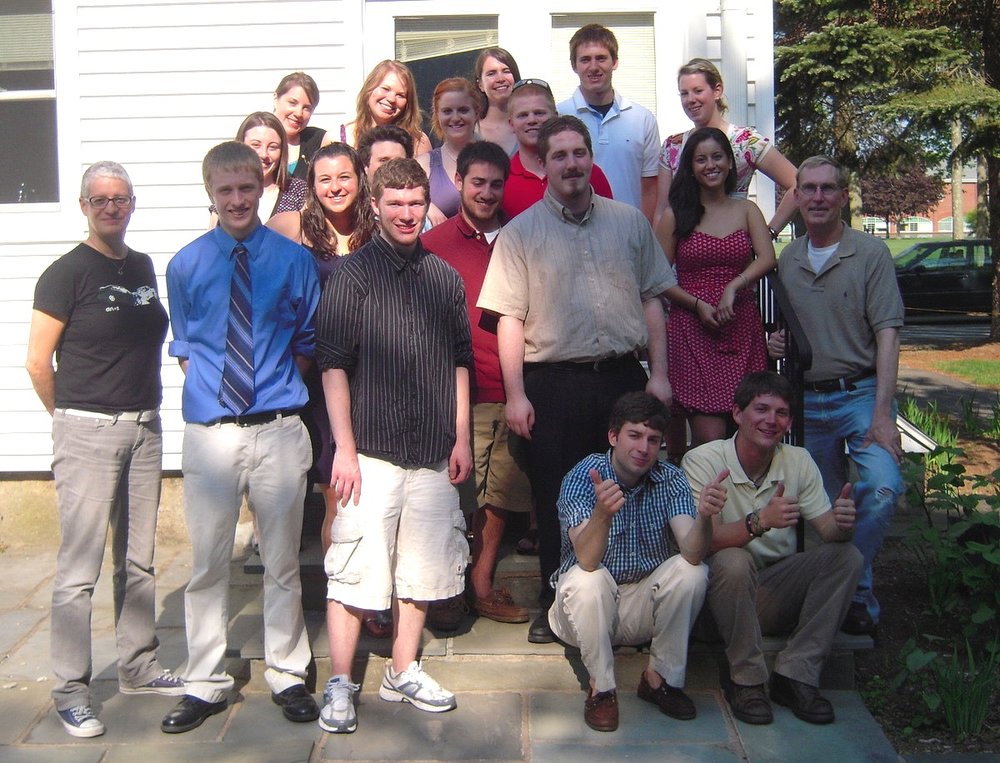 Some of the original members of The Quad News. Featured sitting in front Brendan Rimetz (left) and Matt Andrew (right). Photo courtesy of Margarita Diaz.
Some of the original members of The Quad News. Featured sitting in front Brendan Rimetz (left) and Matt Andrew (right). Photo courtesy of Margarita Diaz.
A decade later, Andrew hopes that, despite the fact that The Quad News failed to outlast those who restrained them, hindered their progress and denied their rights, that the mindset of what it means to take action rather than shy away lives on in the paper’s wake.
“I was always fired up,” Andrew said. “I was so passionate about the Quad News that I would do anything to make it survive and make it successful, within reason. But it was something I truly believed in and I would go a great lengths to make sure that it was going to be successful.
“Nobody else was doing the Quad News. We were like ‘This is something we’re going to do, we’re not going to back down, we’re not just going to get pushed around. We’re going to do something great and that we truly believe in and we’re not going to give up on it.’”

